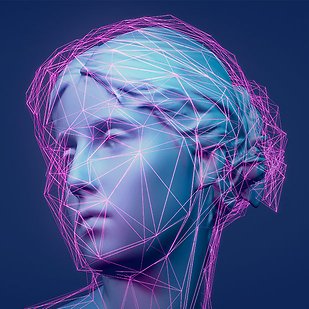Image Analysis and Machine Learning

We, humans, gather enormous amounts of information through our eyes and we rely on our visual system more than on any other of our senses. Captured by a variety of different sensors - digital cameras, microscopes, CT scanners, telescopes, and many more - visual information is nowadays stored as digital images in endless amounts. For efficient extraction of useful information from digital images, we analyse them by computers. The development of algorithms that enable our computers to "see" is the focus of the field of digital image analysis.
The first computers powerful enough to perform meaningful image analysis tasks appeared in the 1960s and were used to improve the quality of the first satellite images of the moon. With the invention of computed tomography (CT) in the 1970s, digital image processing was introduced into medicine, which has become one of its most important application domains. With the continued rapid development of both computers and diverse imaging sensors, efficient analysis of visual data has become an ever-present challenge and inspiration - to study remote stars, to detect nanometer small viruses, or to equip robots and cars with a "visual system" that enables them to see, understand, and navigate the environment. The strive to analyse and interpret visual data has also been leading the development of most modern artificial intelligence algorithms, widely used today in our daily life.
The development of modern image analysis methods relies on combined knowledge from several fields, first of all, computer science and mathematics, but also physics, engineering, and a whole range of competencies from the application domains. Nowadays, machine learning approaches, and in particular deep convolutional neural networks, are at the core of image analysis systems, heavily relying on probability theory, statistics, and optimisation.
An education in image analysis and machine learning offers the possibility to contribute to the development of visual intelligence of the machines of tomorrow.
